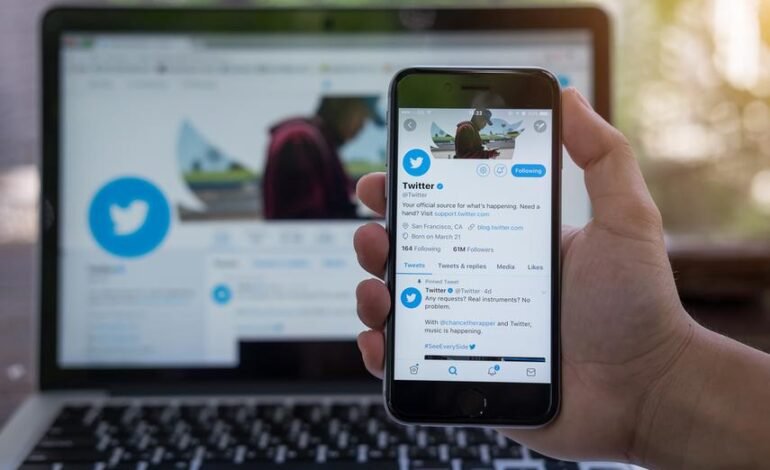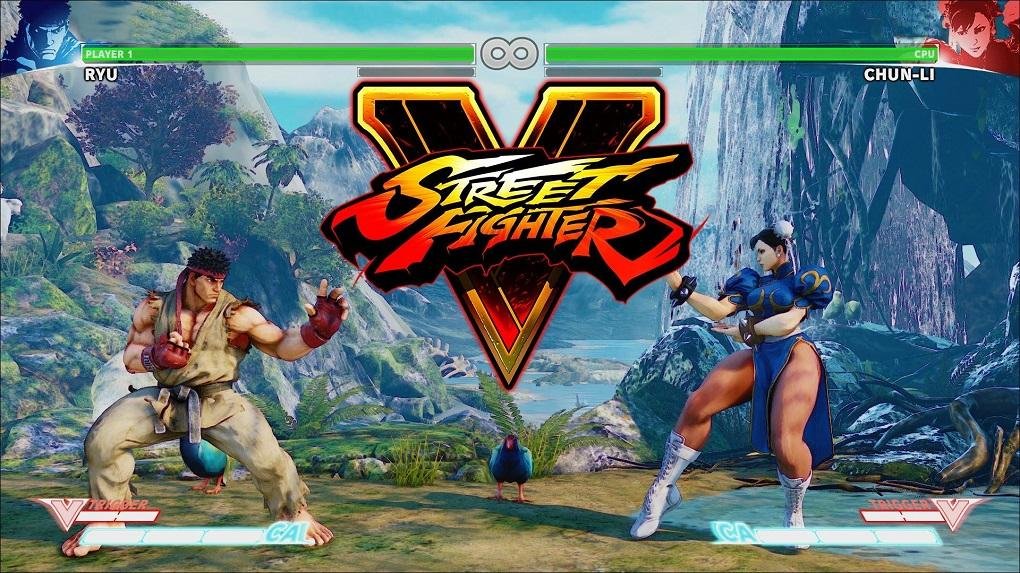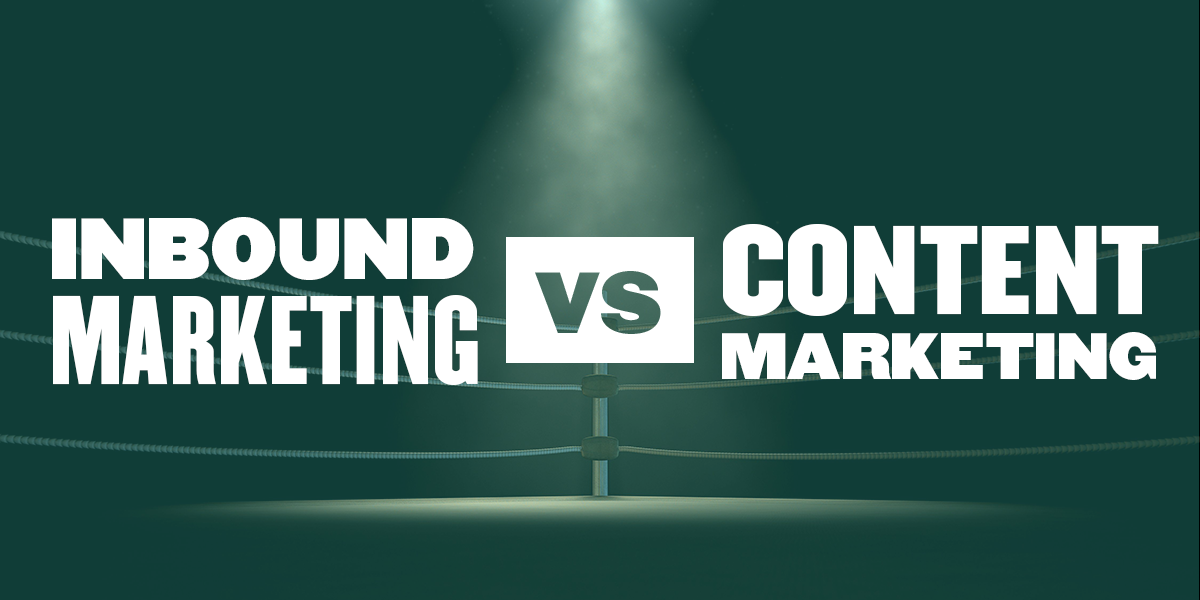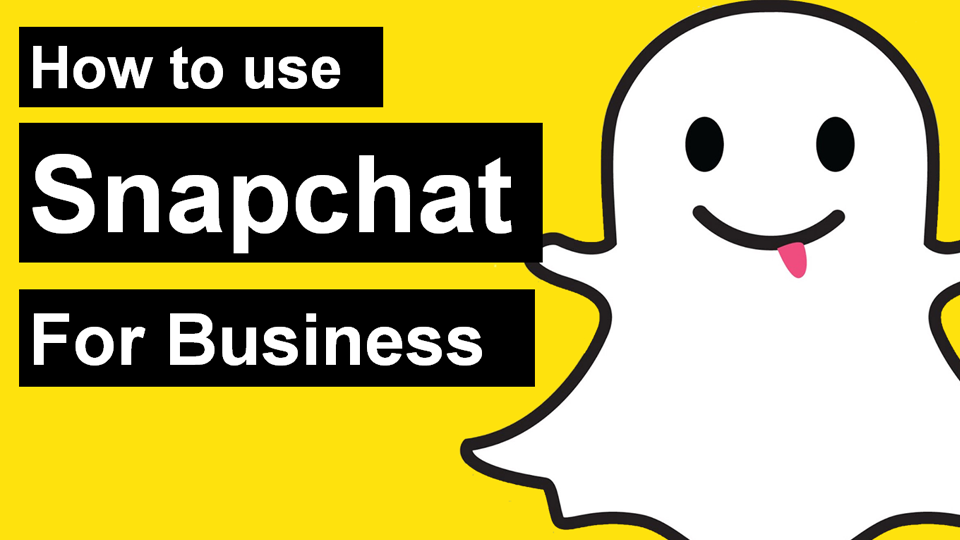What can advertising on Twitter do for you? Improve results & ROI

Twitter is a consolidated network with 330 million active users according to data from Statista (April 2018). Indeed, its growth is not as exponential as years ago, but it is a network with great potential to attract your target.
It is an ideal place to activate campaigns related to current affairs, sports, and the media. Its average user is that of a man with higher education and a medium-high purchasing power.
But before you invest your budget in this solution, it makes sense that you need to thoroughly research the benefits of this type of ad. That’s why today I want to tell you what advertising on Twitter can do for you to improve the results and ROI of your brand.
The traditional way of measuring ROI falls far short when it comes to social media. Here we find ourselves in an increasingly complex environment, where the consumer receives multiple impacts, and it is difficult to attribute a cause-and-effect relationship. On the other hand, we need to act in real time to optimize our effort to the maximum and take full advantage of the immediacy of social networks. But what is clear is that social media has great value when it comes to developing and strengthening the relationship between brand and consumers, so it is worth updating the way you consider ROI in order to really appreciate all the benefits of advertising on Twitter.
Benefits of Twitter Advertising
Did you know that… 62% of users consider Twitter to be the fastest source of information? In Spain alone, this network has 8 million active users.
Advertising on Twitter allows you to reach this audience through promoted tweets. These tweets are marked with a small symbol, but otherwise they are inserted naturally into the tweeters’ timeline and can be replied to, retweeted, marked as favorites… In short, they behave like any other tweet, but with a much greater potential reach and with the possibility of adding visual elements through the “cards” to increase conversion.
To improve your results and ROI with Twitter ads, the first thing you need is to have clearly defined goals. Based on them, you can take advantage of the possibilities offered by their different types of campaigns:
- Followers. This is the option you are interested in if you are looking to increase your audience, but don’t forget to interact with your new followers if you want them to keep their attention on you. In this case, the payment model is for each new follower.
- Website clicks or conversions. It allows you to send traffic to the page of your website of your choice (remember to optimize your landing page for mobile!) and track metrics such as downloads or purchases through conversion pixels. If you choose this type of campaign, you’ll pay for each click.
- Interactions. If you’re looking to generate buzz and notoriety, this is your best bet. In this case, you will pay for each user action: clicks, replies, retweets, likes…
- App Installs or Interactions. Twitter advertising is a great tool to promote your app, as 85% of users use this network from mobile phones. Here you can choose between two payment models: for each visit to Google Play or Apple Store, or, directly, for each download of the application.
- Potential customers or lead generation cards. Lead generation cards allow you to create a list of users interested in your brand without having to leave Twitter. Since leaving their name and email only takes a couple of clicks, it’s a great way to make it easy for them to grow your database. In this type of campaign, you will pay for each registered user.
- Video playbacks. This type of advertising is still in beta phase (upon request), but it is expected to be available to all advertisers soon. You can use it to integrate your video campaigns into Twitter and enjoy the benefits of this format. You pay each time the video is 100% viewable in the user’s timeline and has been watched for at least three seconds.
- Personalized. This is the most open campaign, since it does not have defined objectives, and you pay for each user action. In general, it is not usually the most optimal, but it can work for those ads that do not fit the previous objectives.
In conclusion, the benefits of advertising on Twitter depend on the options you choose, but they include growing your community, increasing website visits and conversions, stimulating interaction and awareness, encouraging downloads of your app, increasing your database of potential customers, and promoting your video content. Whatever your goal, remember that segmentation is key to creating a truly effective campaign.
How to use Twitter to improve results and ROI
We’ve researched the best and worst practices to reduce your costs per action and conversion so you can improve the results and ROI of your Twitter campaigns. Follow these tips to get the most out of your campaigns.
Best practices:
- Use the power of now. Introduce words like “just a few hours,” “sell out,” “now,” or “limited time” into your promoted tweets, as they create a sense of urgency that moves the consumer to take advantage of the opportunity before it’s too late.
- To promote discounts, use percentages instead of numbers. “40% off” generates more conversions than “$50 off”, even though in both cases the actual figure is the same.
- The novelty stands out. “New” is a magic word in your ads, as everyone is attracted to it.
- Chance offers. Contests and giveaways are another magnet for users, so take advantage of them! Tweets with keywords such as “win”, “giveaway”, “lottery,” or “contest” manage to reduce the cost per action by up to 40%.
- Ask questions and polls. If your goal is to increase interaction, asking your audience is a highly effective resource. Use the new Twitter Polls (24-hour polls) to grow your virality.
- Use e-cards to introduce visual content. Tweets with multimedia elements have 52% retweets and 313%!More interaction.
Practices to avoid:
- The excess of capital letters. Don’t use them in more than 20% of the text, or you’ll scare your audience away.
- Introduce hashtags in your promoted tweets. Although hashtags are very useful for locating content and current issues on Twitter, the truth is that they do not work well at all when it comes to advertising. If you don’t want your campaign’s success to diminish, avoid them.
- Tweets are too long. The most effective ones are only between 40 and 60 characters.
- Mentions. Perhaps because they introduce another element to click on and that misleads users, the fact is that tweets promoted with mentions yield worse results.
- Ignore your new users. If you’ve gained new followers with your campaign, listen to them! To make them stay with you, you must respond to all their comments, both positive and negative.










